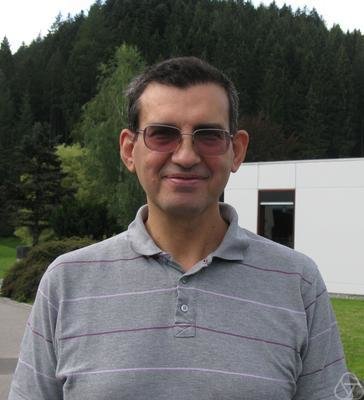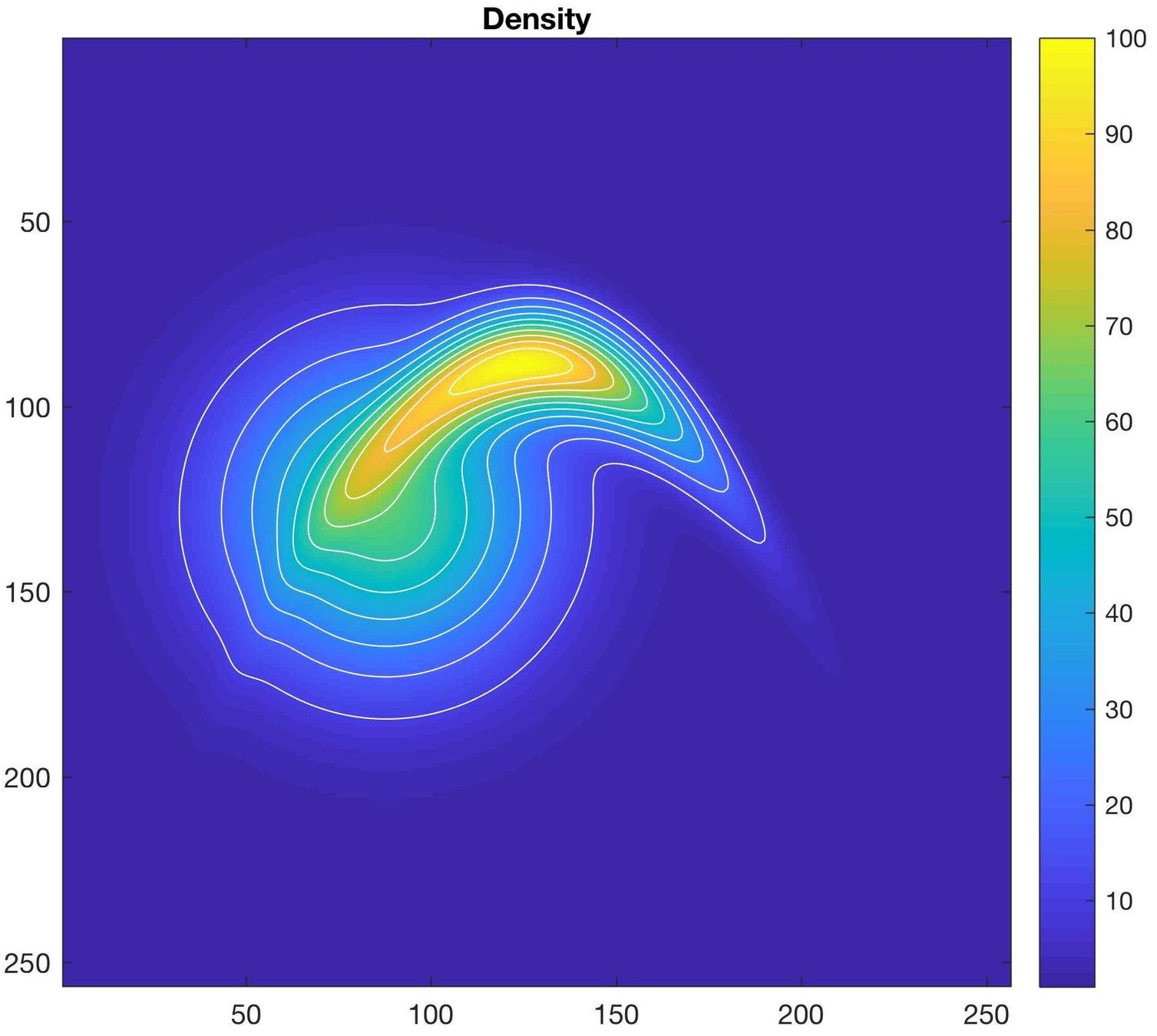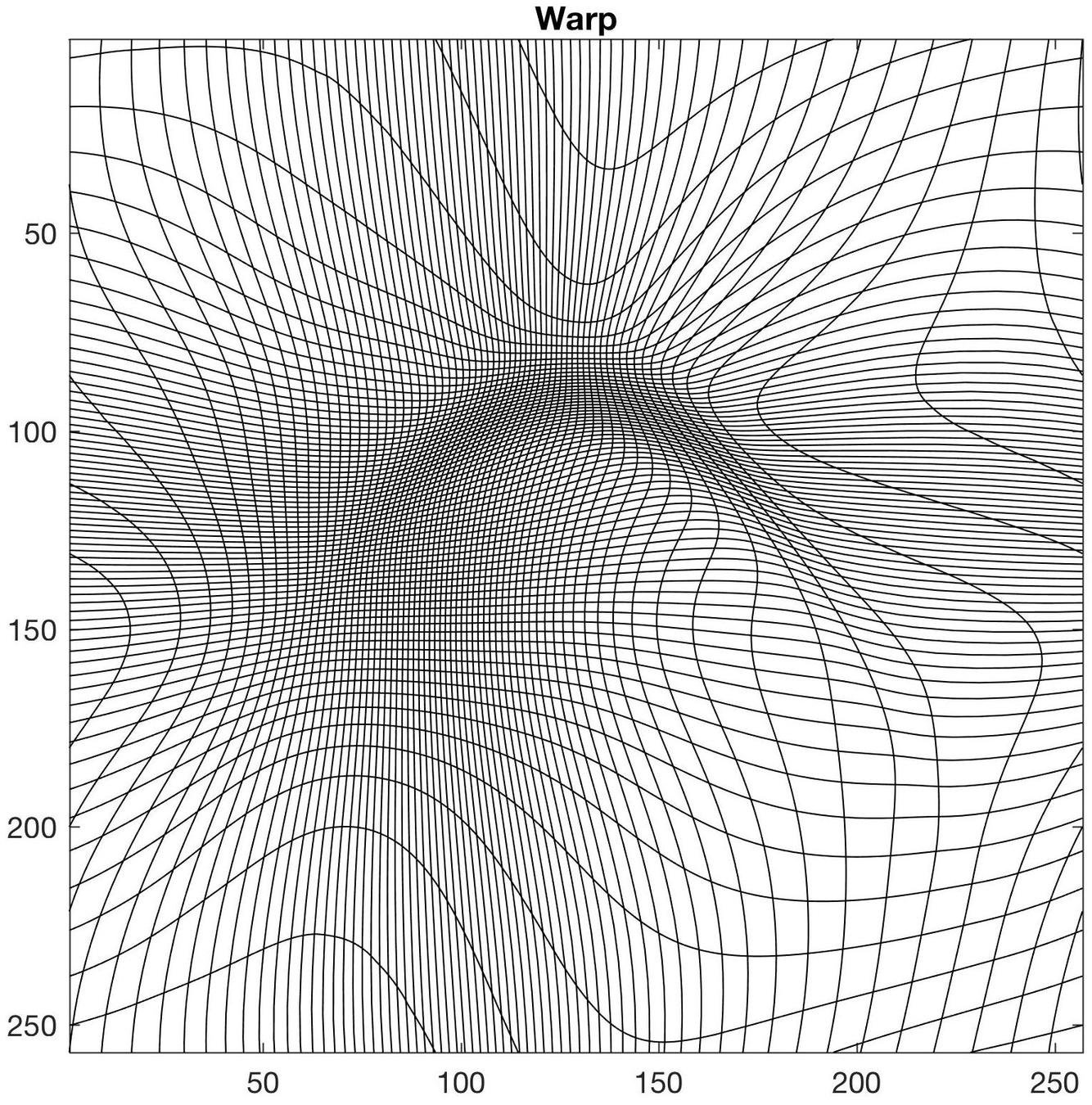Glimpse into the work of Alessio Figalli
Klas Modin

Seminar series about Fields Medalists 2018

Alessio Figalli
Nationality: Italian
Born: 1984
Master's degree 2006 (SNS Pisa)
PhD 2007 (SNS Pisa and ENS Lyon)
Supervisors:
Luigi Ambrosio (SNS Pisa)
Cedric Villani (ENS Lyon)


Affiliations:
CNRS 2007
École polytechnique 2008-2009
University of Texas in Austin 2009-2016
ETH Zürich 2016-today
Awarded the Fields Medal for his contributions to the theory of optimal transport and its applications in partial differential equations, metric geometry, and probability
Research fields
Optimal mass transport (OMT)
Fluid dynamics (Euler equations, etc)
Weak KAM theory
Geometric measure theory
Stochastic analysis
Random matrices
etc.
Very productive 120+ papers, 2 books, 25 lecture notes, ...
Focus of today
Optimal mass transport (OMT)
Question (Monge 1781): Cheapest way to transport one mass distribution to another?


Mathematical formulation:
Additional requirement: \(T\) should minimize
Example of transport map


Transport map
Fundamental result for \(L^2\) OMT
Theorem (Brenier 1991):
\(\mu_0,\mu_1\) prob measures on \(\mathbb R^n\) with finite second moment, \(\mu_0=\rho_0d \mathbf x\)
Then \((*)\) has unique solution \[ T = \nabla P\]
where \(P:\mathbb R^n \to \mathbb R\) is convex
If \(\mu_1 = \rho_1 d\mathbf x\) then (formally) \(P\) solves the Monge-Ampere equation \[ \det(D^2P) = \frac{\rho_0}{\rho_1\circ\nabla P} \iff \text{MA}(P) = \frac{\rho_0}{\rho_1\circ\nabla P} \]
Sobolev result for \(L^2\) OMT
Theorem (De Philippis and Figalli 2013):
If \(\Omega\subset \mathbb R^n\) is convex and bounded, \(P:\Omega\to\mathbb R\) is convex, and \[ 0 < \lambda \leq \det(D^2 P) \leq \Lambda < \infty \]
then \(P \in W^{2,1}_{\text{loc}}(\Omega)\)
Corollary
The solution \( T = \nabla P\) to \((*)\) belong to \(W^{1,1}_{\text{loc}}(\Omega)\)
Incompressible hydrodynamics
Domain \(\Omega\subset \mathbb R^3\), velocity field \(\mathbf v = \mathbf v(t,\mathbf x)\)
Discovery by Arnold 1966:
Solutions to \((*)\) correspond to geodesics on the infinite-dimensional manifold \(\mathrm{SDiff}(\Omega)\) with Riemannian \(L^2\)-metric \[\langle V,V\rangle_{S} = \int_\Omega |V|^2 d \mathbf x \] where \[\mathbf v = V\circ S^{-1} \]
pressure
OMT \(\leftrightarrow\) hydrodynamics
(Benamou and Brenier 2000, Otto 2001)






Brenier's polar
factorization: \(F = \nabla P\circ S\)
Remember:
\(T = \nabla P\) solves OMT problem with \(\mu_0 = d\mathbf x\) and \(\mu_1 = \rho\,d\mathbf x\)
hydrodynamics
OMT
Atmospheric hydrodynamics

Semi-geostrophic wind:
Coriolis force
Aim: equation for \(\mathbf v^g\)
Semigeostrophic equation (SGE)
where
Now 2D: \(\mathbf v = (v_1,v_2)\) and replace l.h.s. by semi-geostrophic wind
Notice: no time-derivative on \(\mathbf v\)
As written, SGE is hard to analyze!
Rewrite in simpler form?
(Hoskins and Bretherton 1972)
Brief derivation of dual SGE
Change of variables:
(assume \(P\) convex)
Key: Think of \(T=\nabla P\) as transport map
Apply Arnold's approach:
right translation of \(\partial_t T\) gives vector field
By construction
Dual SGE
Close relation to vorticity equation
Problem with existence for SGE
Theorem (Benamou and Brenier 1998):
Dual SGE admits global weak solution
Recall: SGE
Does weak dual SGE solution give solution to SGE?
How is \(p,\mathbf v\) reconstructed from \(\rho,P^*\) ?
Easy!
Problem: no meaning a priori
Existence theorem for SGE
Theorem (Ambrosio, Colombo, De Philippis, Figalli 2012):
\((\rho,P^*)\) weak solution to dual SGE on \(\mathbb T^2\) with initial data fulfilling
- \(P_0^*\) convex
- \( 0 < \lambda \leq \rho_0 \leq \Lambda < \infty \)
Then \[\mathbf v = - D^2P^*\circ\nabla P\Big(\partial_t\nabla P+ J(\nabla P - \mathbf x) \Big)\] is well-defined weakly and \((\mathbf v,p=P -\frac{|\mathbf x|^2}{2}) \) is weak solution to SGE
Proof uses:
- Condition \((*)\) retained through time (\(\rho\) is transported)
- \(\lambda \leq \det(D^2P) \leq \Lambda \Rightarrow P\in W^{2,1}\) by De Philippis and Figalli
\((*)\)
THANKS!
References
-
G. De Philippis, A. Figalli
\(W^{2,1}\) regularity for solutions of the Monge-Ampere equation
Invent. Math. (2013)
-
L. Ambrosio, M. Colombo, G. De Philippis, A. Figalli
Existence of Eulerian solutions to the semigeostrophic equations in physical space: the 2-dimensional periodic case
Comm. Partial Differential Equations (2012)
Slides available at: slides.com/kmodin